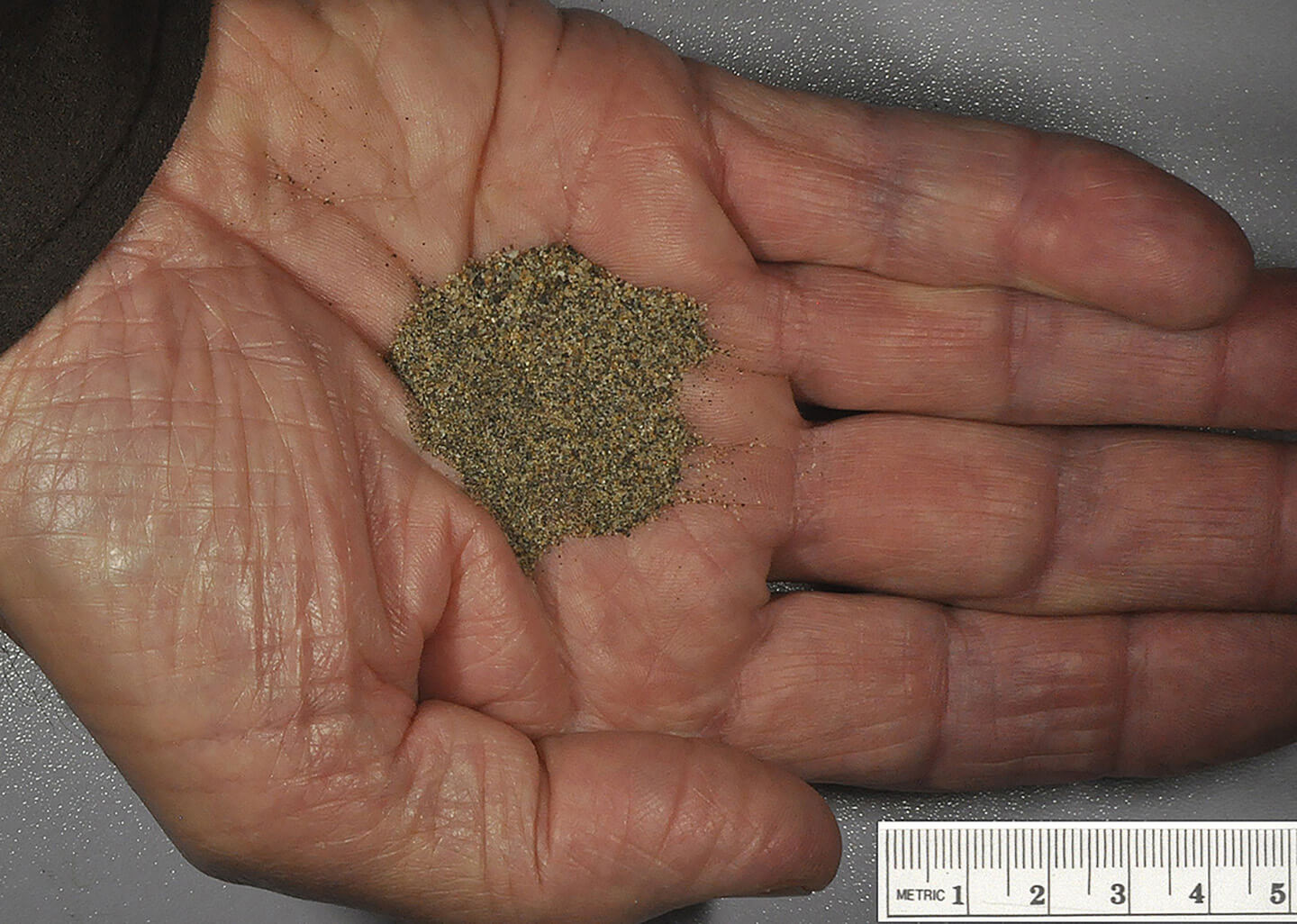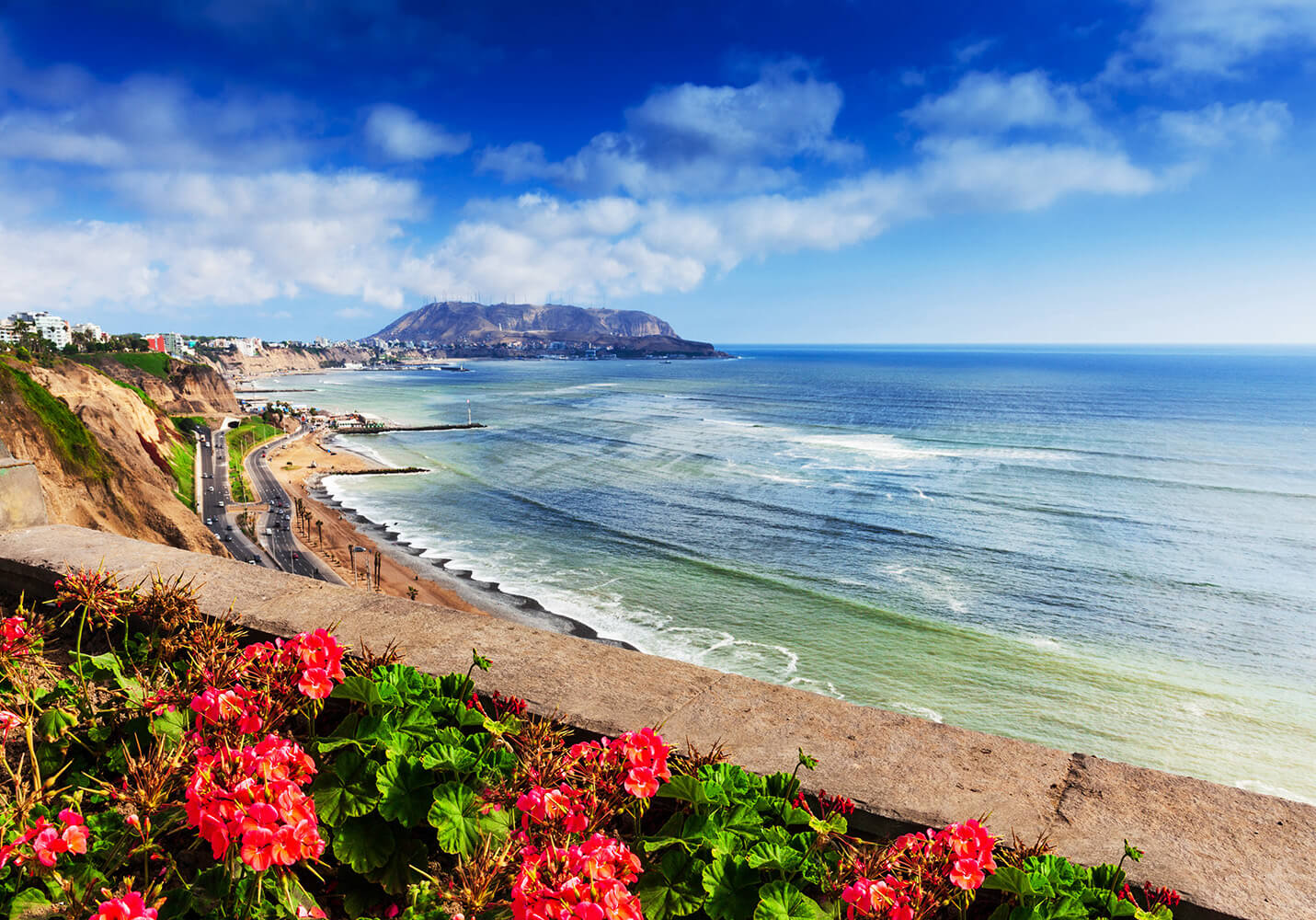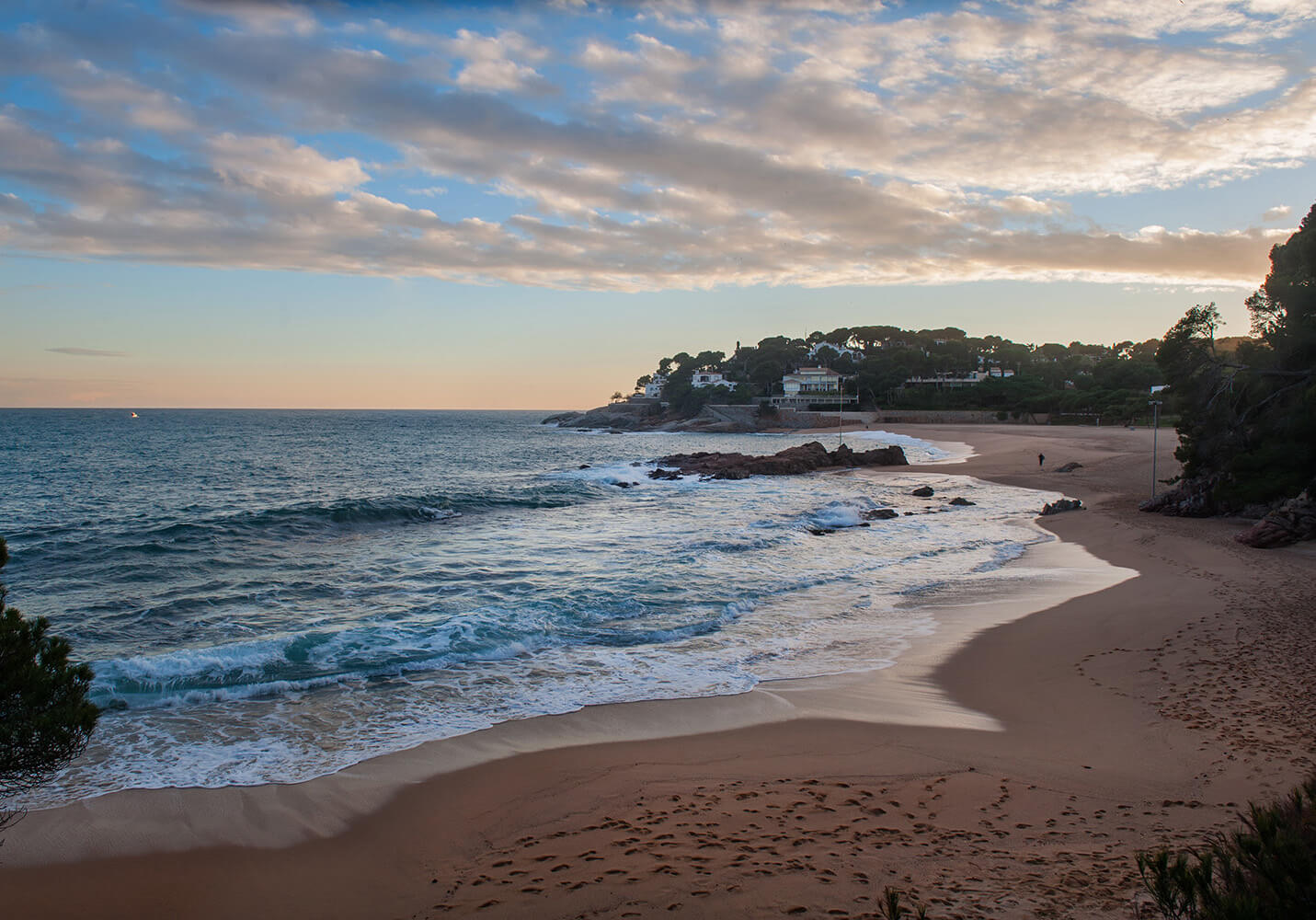
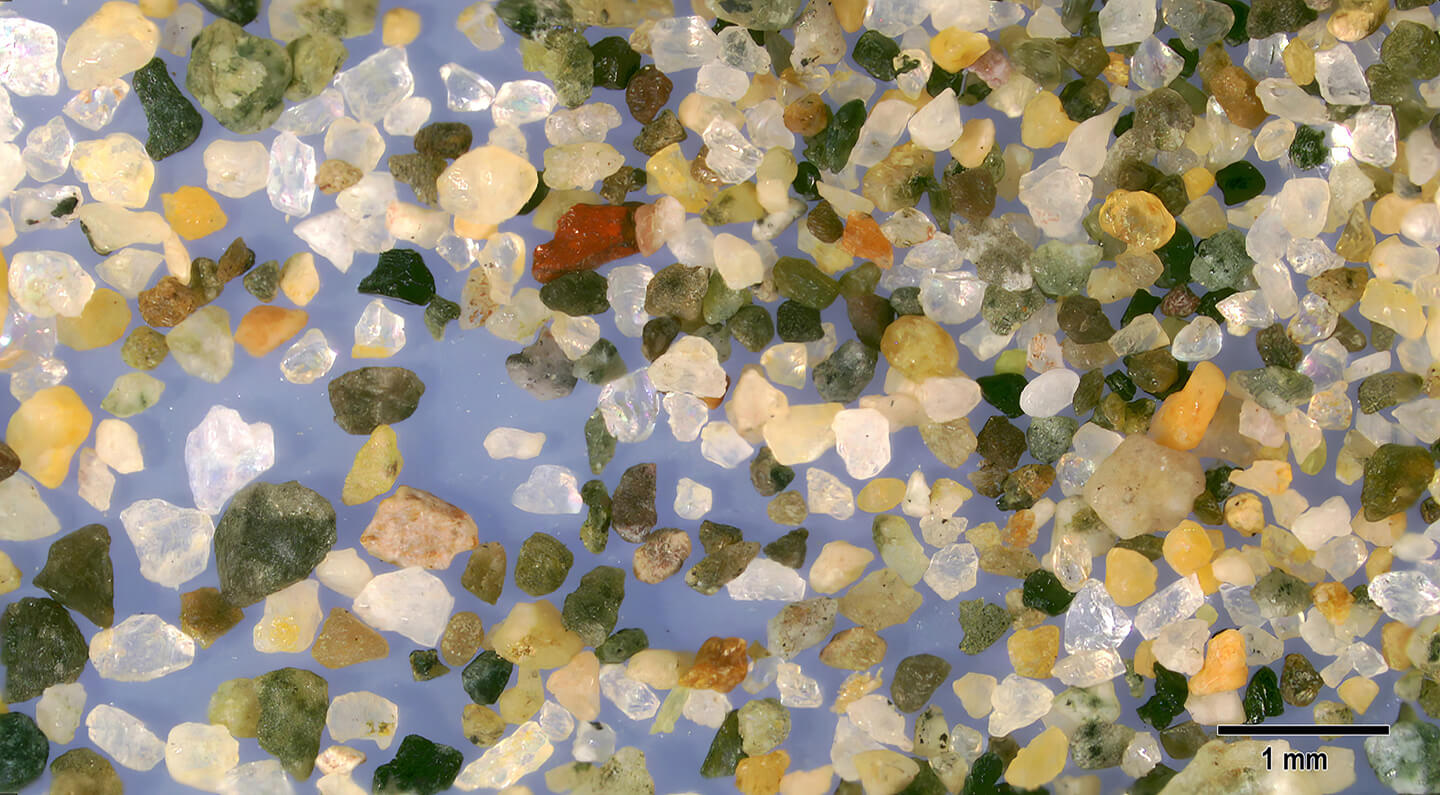
This sand is a mixture of clear quartz grains, light yellow-tan rounded feldspar grains with some right angle edges, and darker greenish-gray metamorphic sand grains. The deep burgundy/red fragment in the center of the low magnification may be jasper.
Geographic Overview
Lima, the capital and largest city of Peru, is set in a coastal desert located in the valleys of the Chillon, Rimac and Lurin rivers overlooking the Pacific Ocean. It lies on a narrow strip just 10-15 km wide that is sandwiched between an active plate-subducting coastline and a chain of largely volcanic Andes mountains.
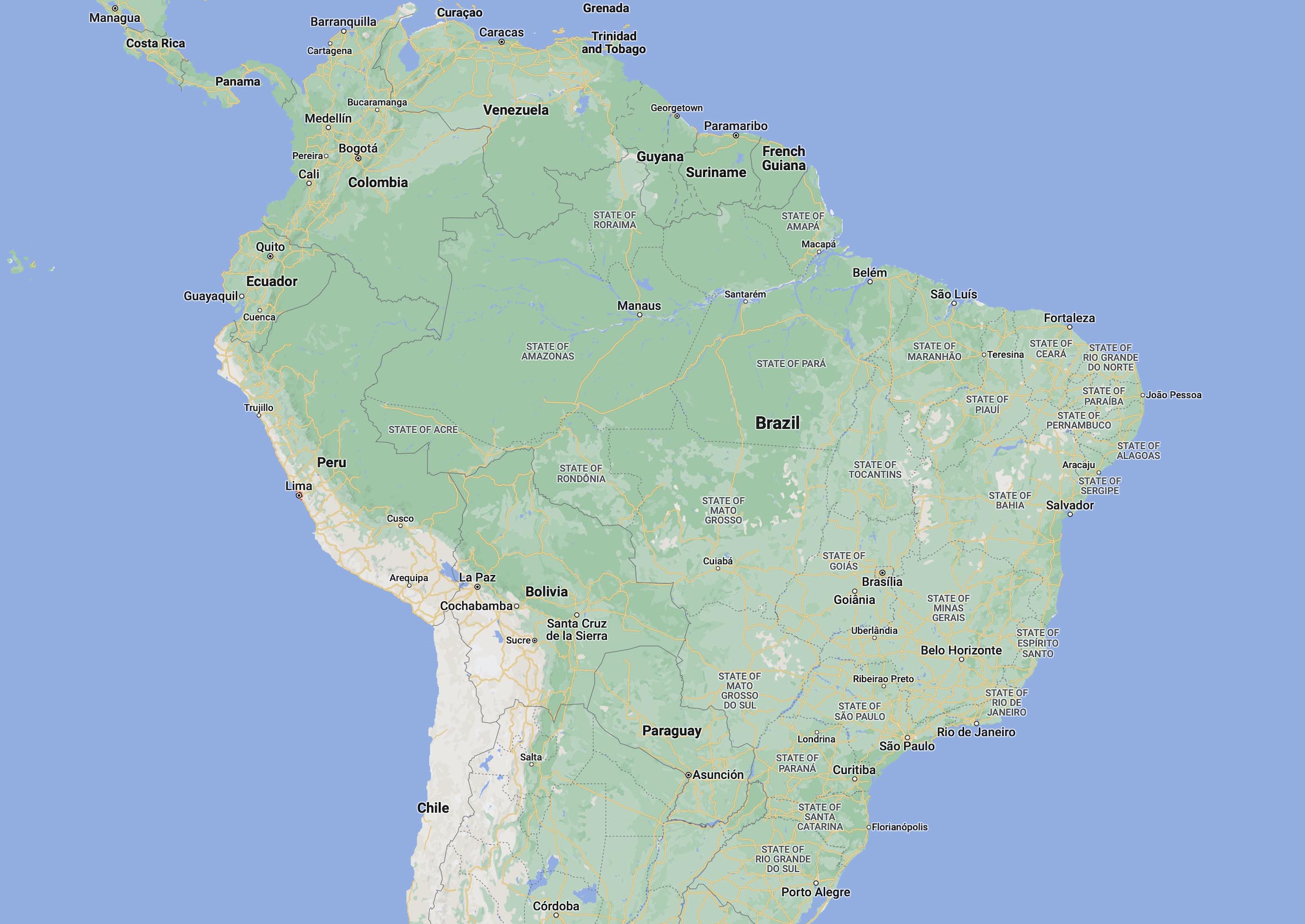
Sand Location
See where this sand sample was collected on Google Maps.
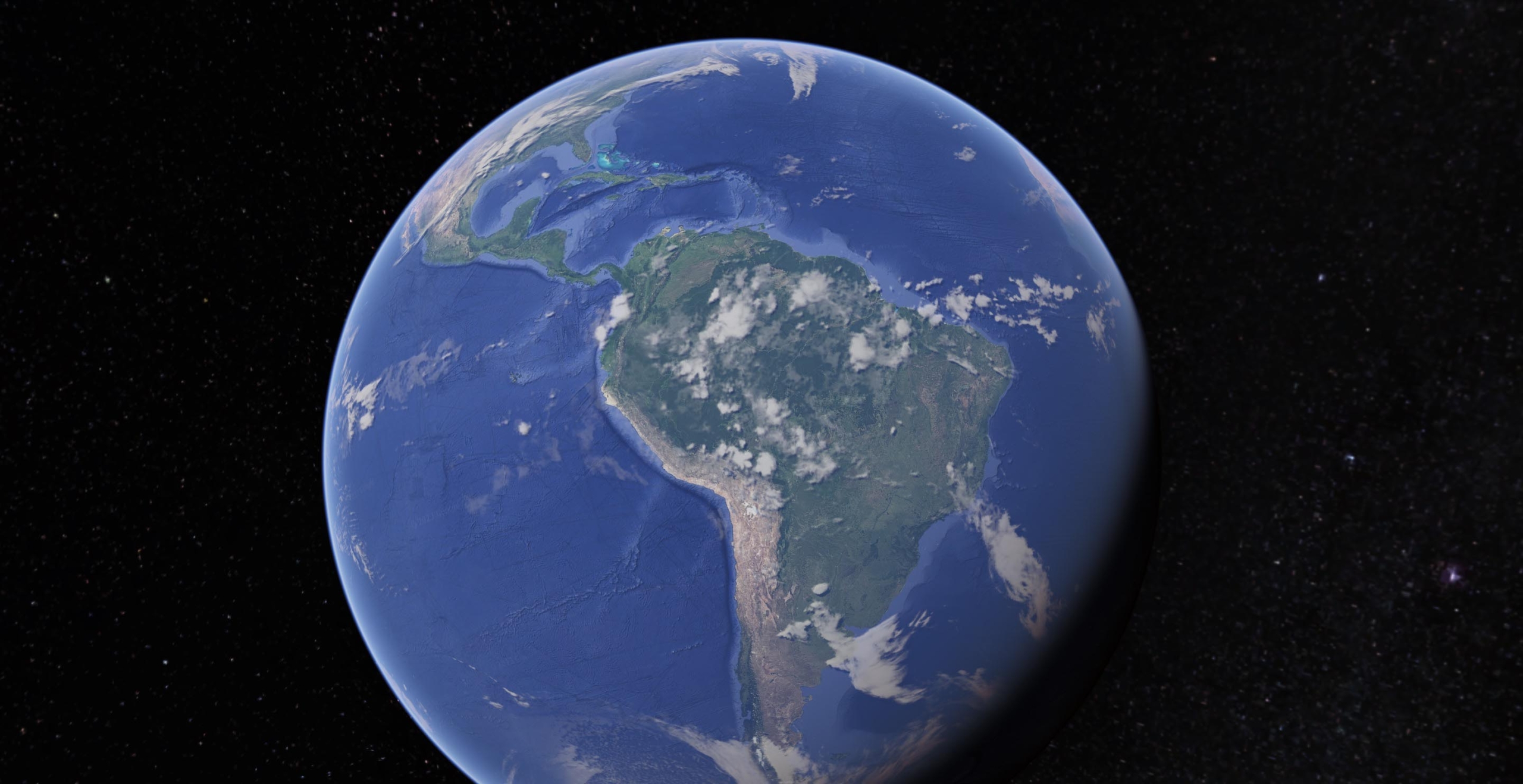
Virtual Sand Tour
Explore an interactive map of Lima on Google Earth.
Sand Gallery
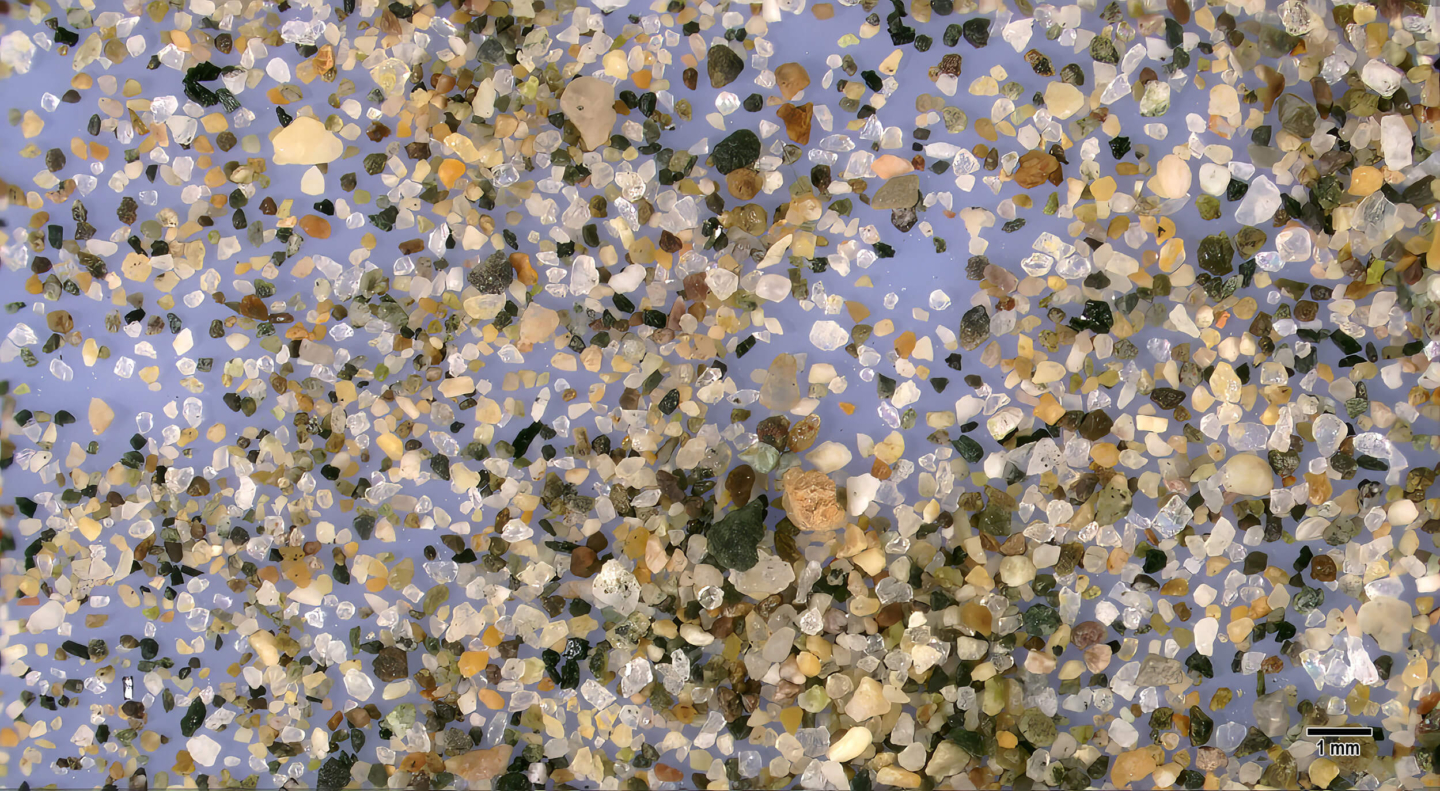
Most of this low magnification view shows a mixture of small grains of clear quartz and tan feldspar admixed with darker and black grains. This sand is exclusive of terrestrial origin. Very small black grains are possibly basalt fragments.
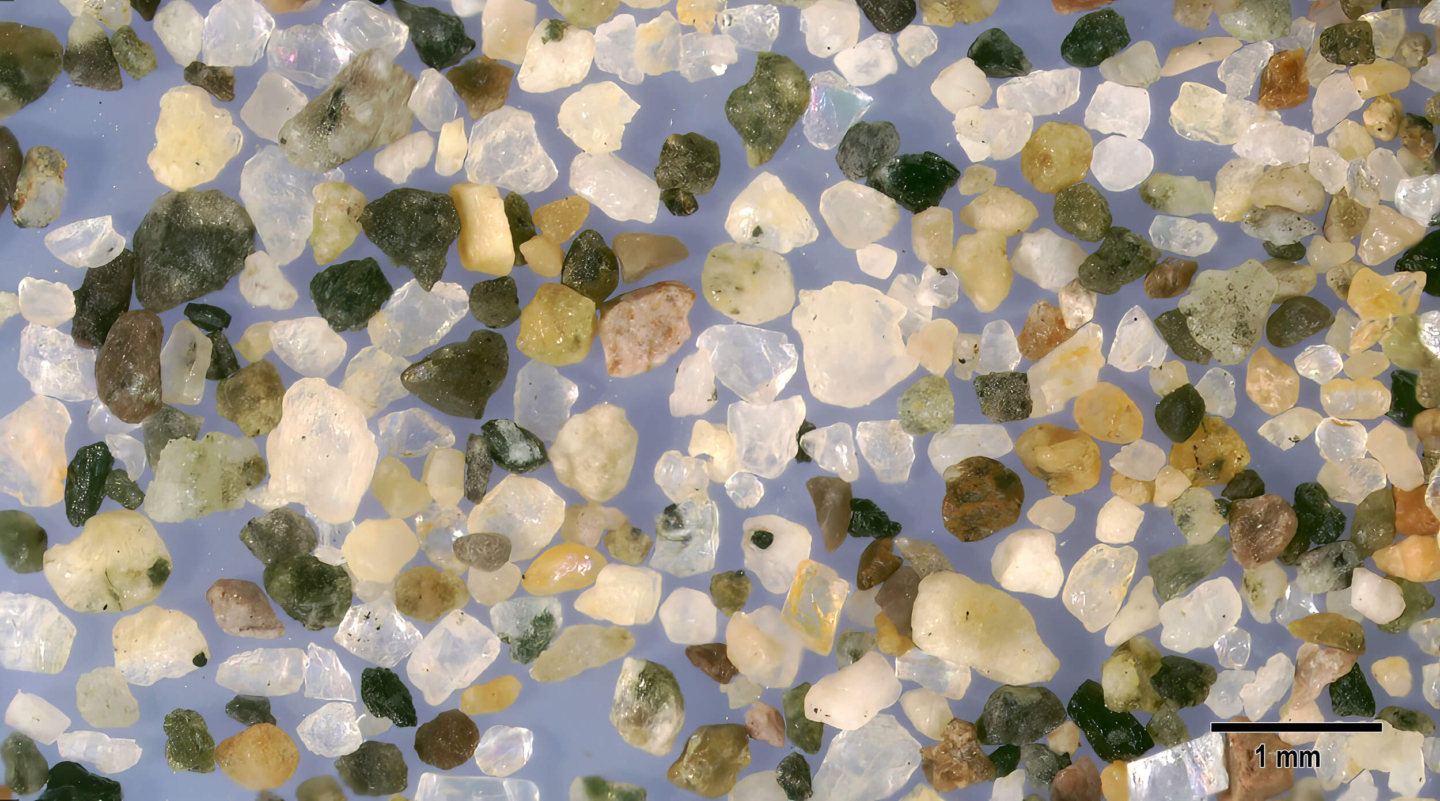
Clear quartz, light tan opaque grains of feldspar, some with sharp right angles, and darker greenish-gray metamorphic grains comprise this sample. Occasional black inclusions in clear quartz are present just below center and at the lower left edge of this view.
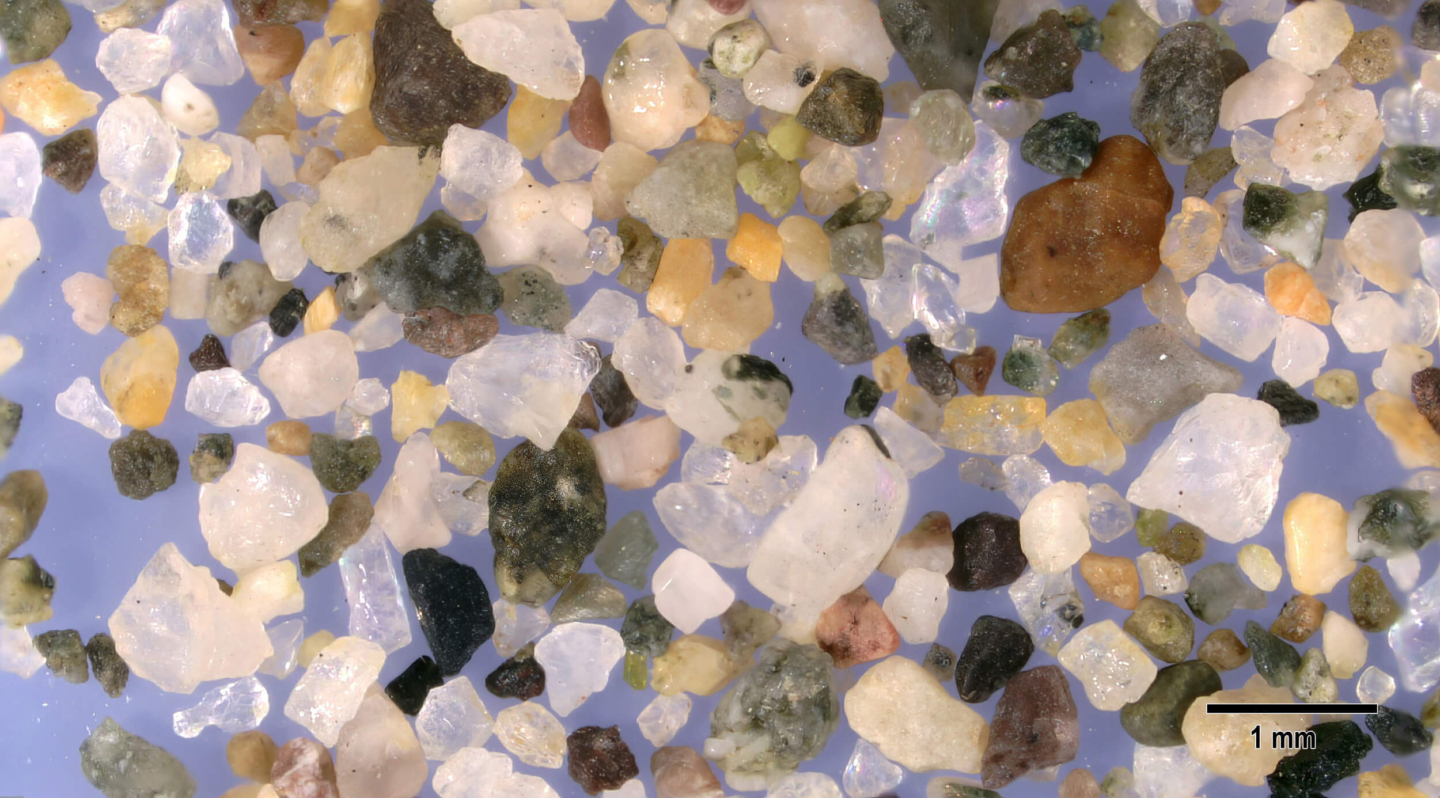
Clear and cloudy quartz and light tan feldspar grains are present along with greenish-gray metamorphic sand grains. Small black fragments less than 1 mm are likely basalt.
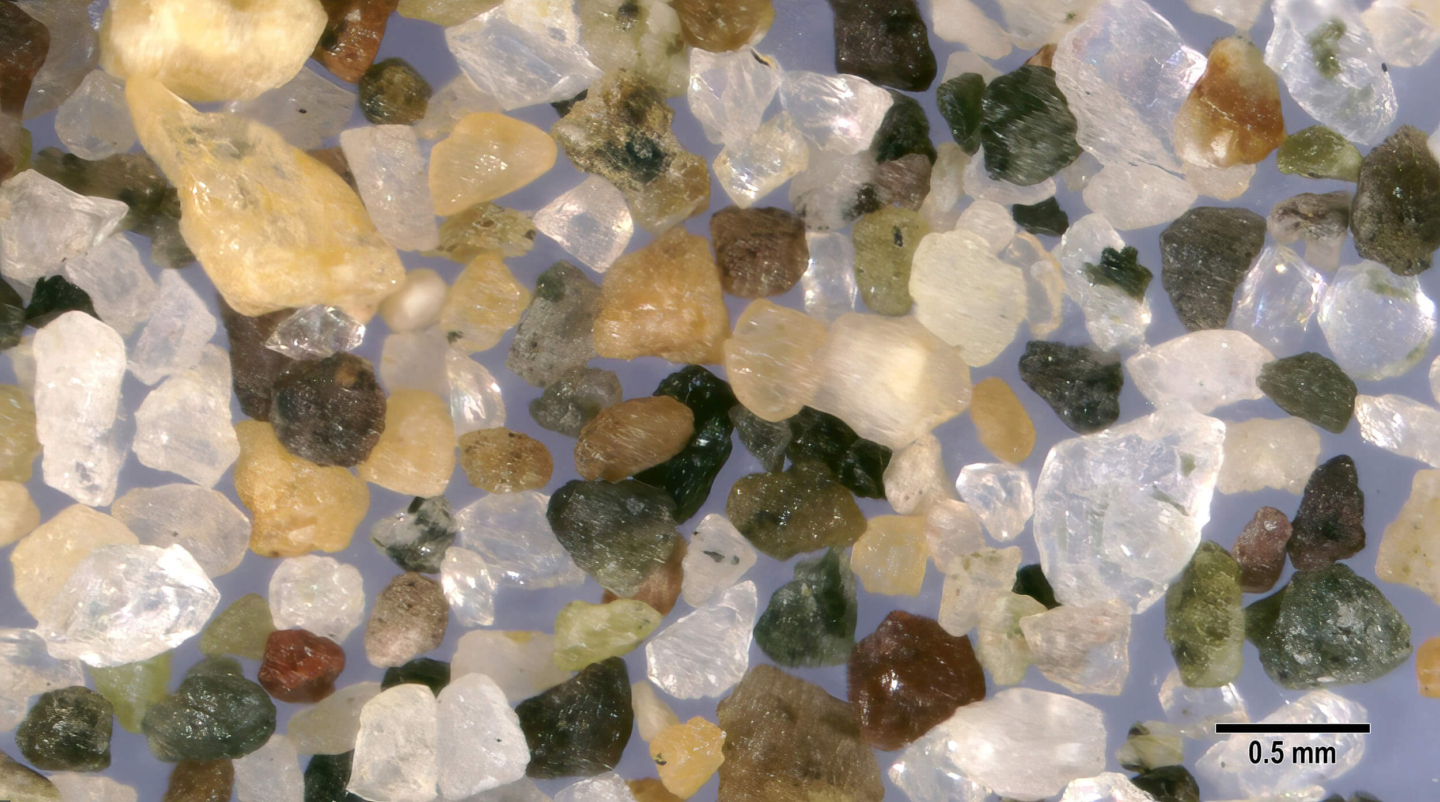
This high magnification shows the detail of a mixture of sand grains including clear quartz, yellowish-tan feldspar and darker greenish gray, reddish brown, and black grains reflecting the terrestrial origin of this Lima, Peru beach sand.
